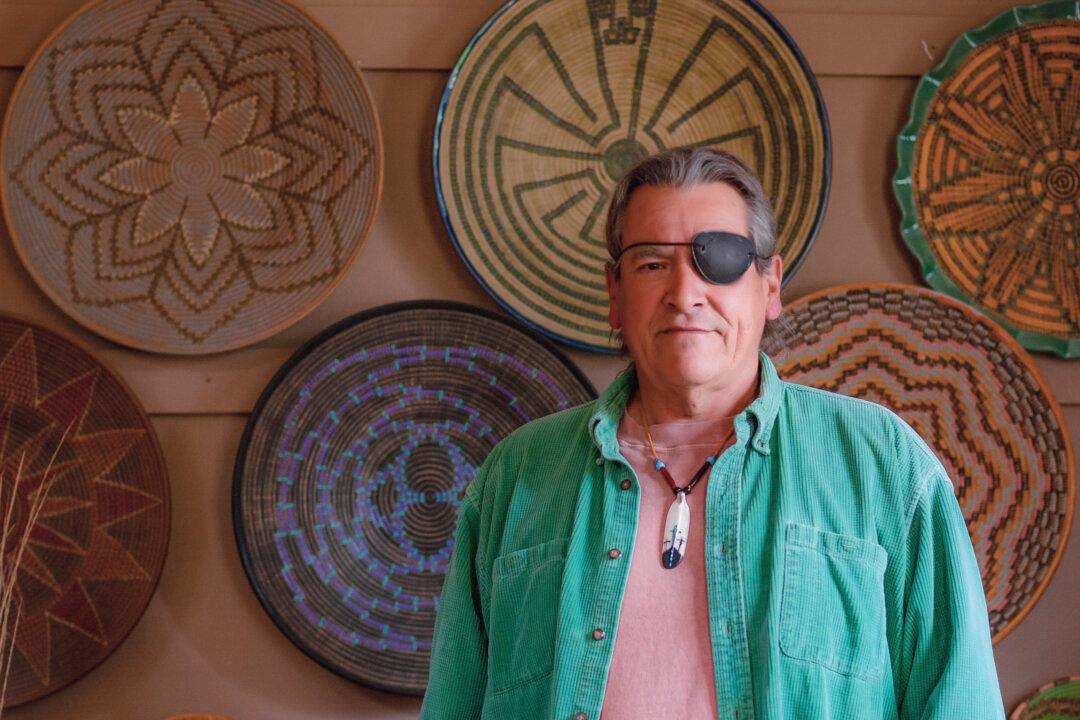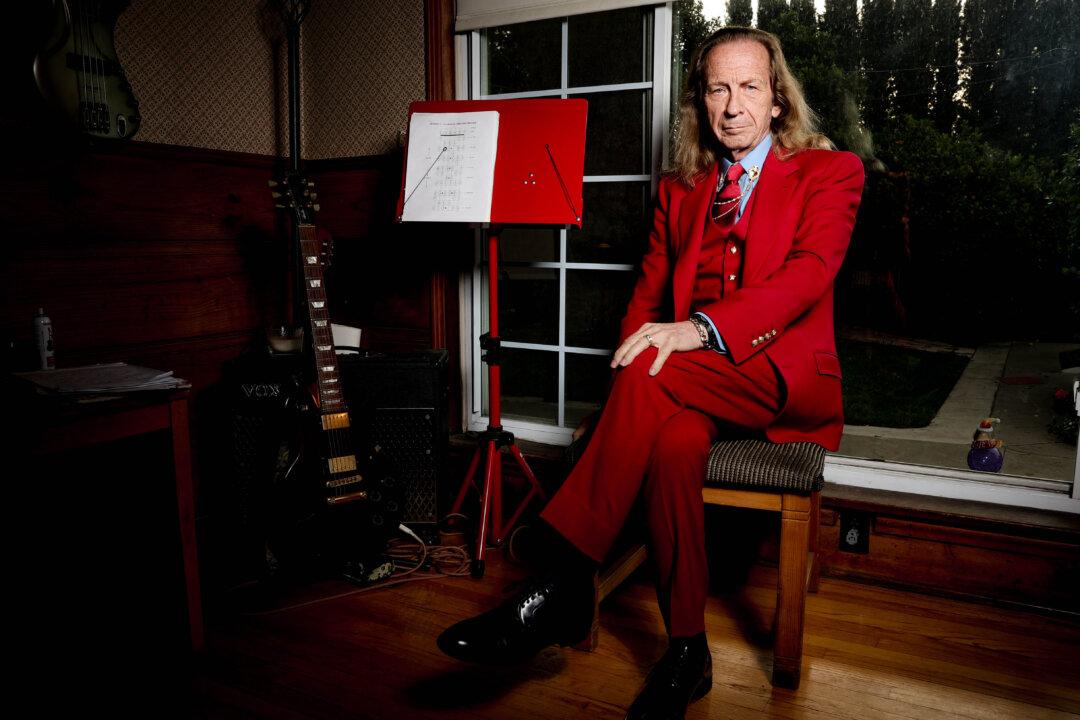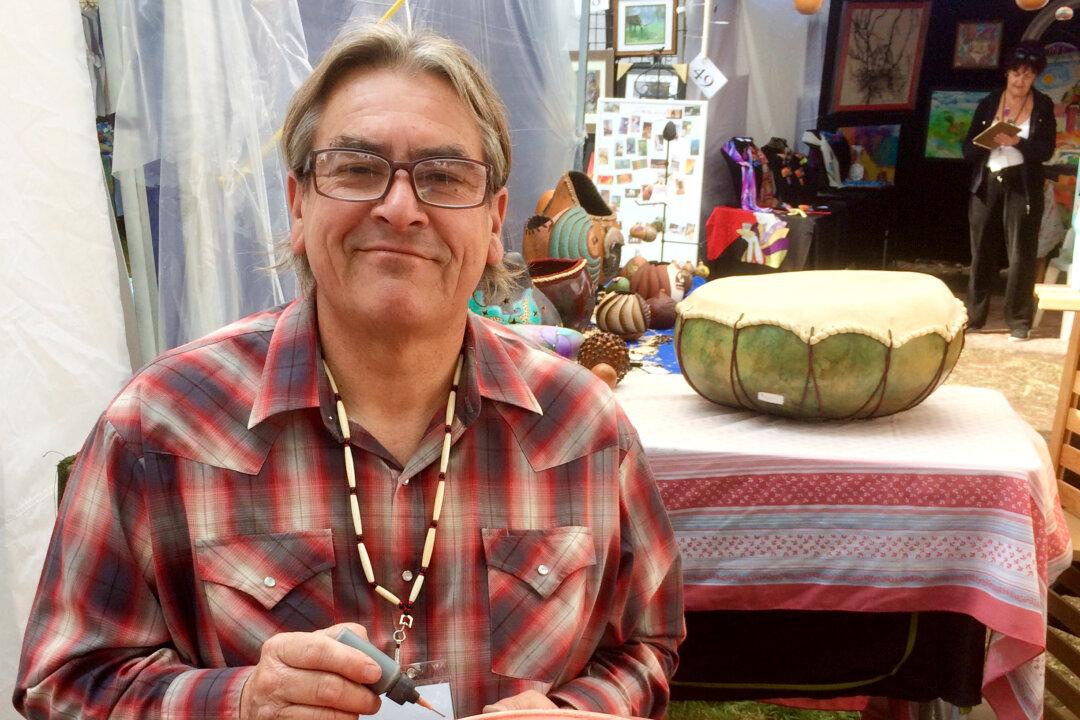In the creative process, we find freedom, relief, release, expression—and redemption. But for noted Southern California ceramicist Rich Lopez, the creative process and the hummingbird ceramic that became a part of his identity had to wait. He had to die first, to experience this new creative life. “That second time, I tell people I committed suicide. It wasn’t an attempt; I died that day,” he said.
Lopez, whose life had become a series of short “highs” followed by deeper and protracted “lows,” had given up on life—twice. “The first time I tried to end my life, I was driving on the freeway. A huge semi was coming right at me. At the last second, I guess I swerved. I don’t remember swerving, don’t remember moving my hands, but I ended up in a ditch. I don’t know what saved me.”




